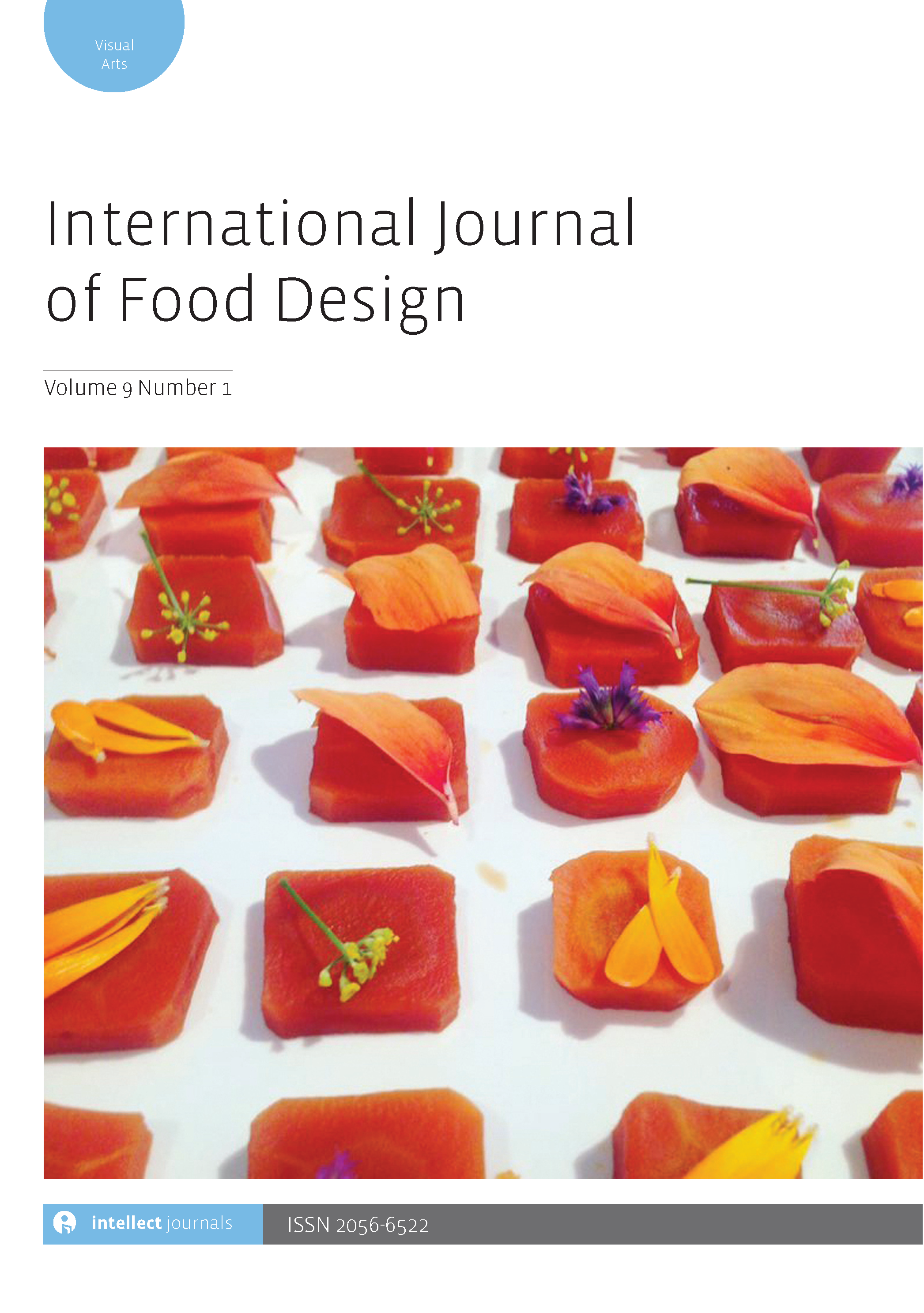-
oa A review of the impact of food design on the mealtimes of people with swallowing disability who require texture-modified food
- Source: International Journal of Food Design, Volume 7, Issue 1, Apr 2022, p. 7 - 28
-
- 21 Mar 2021
- 01 Jul 2021
- 01 Apr 2022
Abstract
Texture-modified foods are a common component of interventions provided to people with dysphagia (swallowing disorders) to maintain their respiratory health, nutritional health and to reduce the risk of aspiration-related illness or choking on food. However, the unsightly and unappetizing appearance of texture-modified foods may negatively impact on the mealtime experience and acceptance of texture-modified foods of persons with dysphagia. The aim of this review was to determine what is known about the impact of specific elements of food design – food structure and visual appeal – on the mealtime experiences of people with dysphagia. This review of 35 studies presents evidence on how the physical characteristics of texture-modified foods for people with dysphagia can be considered during food production, formulation or service to improve their mealtime experience. Overall, the visual appeal, texture, taste, aroma, temperature, mealtime environment and mealtime assistance all impact upon mealtime experiences and should be considered carefully in the design of a person’s mealtime plan and food-related dysphagia interventions to improve their mealtime-related quality of life. Further research needs to include the views of people with dysphagia, particularly those with lifelong conditions, who might require texture-modified food for an extended period over their lifespan.
Funding
- University of Technology Sydney Doctoral Scholarship (April–December 2019)
- National Health and Medical Research Council Post Graduate Scholarship (Award APP1191359)
- Australian Government Research Training Programme Scholarship



